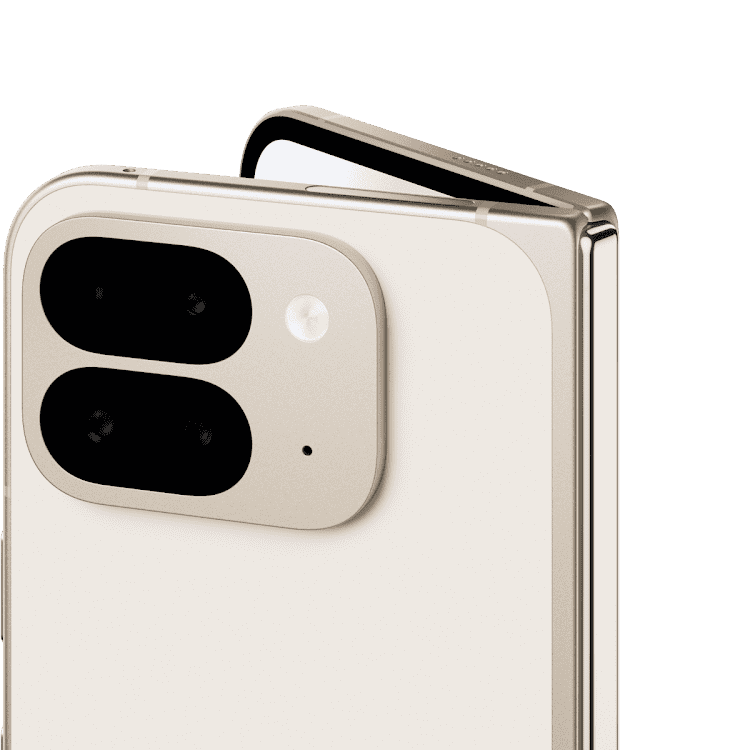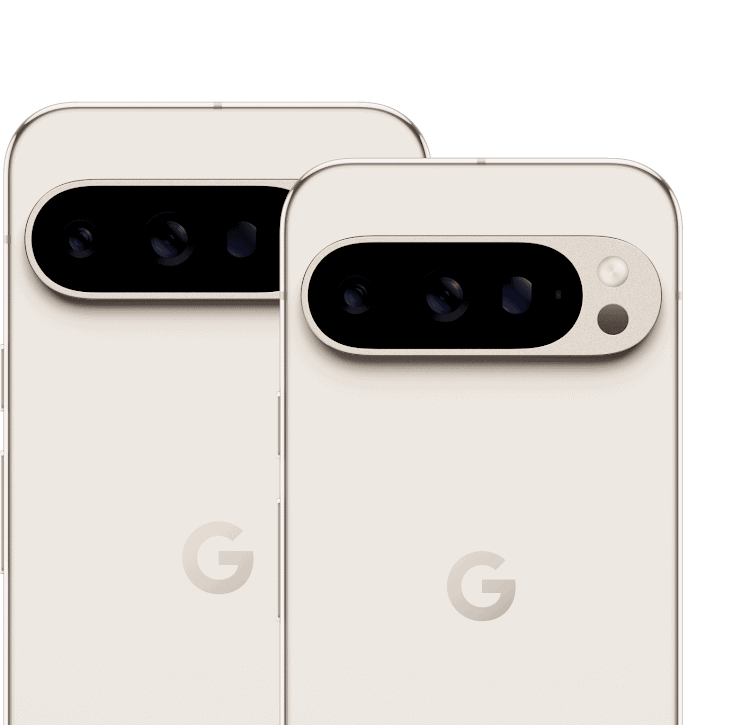Google’s latest flagship smartphones, the Pixel 9 series, will be launching with all new new models, sizes, and exciting features. The Pixel 9 series and Pixel 9 Pro XL will be released on August 22, 2024 at the Google Store and through Google Retail Partners. This date is earlier in the year than past Pixel launches, which often happened in October. The Pixel 9 Pro and Pixel 9 Pro Fold will release shortly after with a release date of September 4, 2022.
The new Pixel 9 lineup will have three models. These include the standard Pixel 9, the Pixel 9 Pro, and a new size option. Google plans to change the design of the phones. The cameras may also get upgrades, with a possible 48MP ultrawide lens.

Inside, the Pixel 9 series will likely use Google’s new Tensor G4 chip. This chip could bring more AI features and better performance. The phones may also have improved face unlock and fingerprint scanning.
Google Unveils Pixel 9 Series: What to Expect
Release Dates
- Pixel 9 and Pixel 9 Pro XL: Release date on August 22nd.
- Pixel 9 Pro: Release date on on September 4th.
- Pixel 9 Pro Fold: Release date on on September 4th.
Models and Sizes

- Pixel 9: This is the base model, sporting a 6.3-inch display.
- Pixel 9 Pro: The Pro model offers a slightly larger 6.7-inch display and additional features.
- Pixel 9 Pro XL: The largest in the series, the Pro XL boasts a 6.8-inch screen.
- Pixel 9 Pro Fold: While details are still emerging, expect a foldable design with a large inner display and a smaller outer display.

Key Features and Specs
| All Models Powered by Google’s latest Tensor G3 chip Upgraded camera systems with advanced AI capabilities Improved battery life Android 14 out of the box Water and dust resistance (IP68 rating) | Pixel 9 Pro and Pro XL Higher refresh rate displays (up to 120Hz) Telephoto lens for enhanced zoom capabilities Larger batteries compared to the base model | Pixel 9 Pro Fold Foldable design with two displays Expected to be the most expensive model in the lineup Unique software features optimized for the foldable form factor |
Pricing
- Pixel 9: Starts at $799
- Pixel 9 Pro: Starts at $999
- Pixel 9 Pro XL: Starts at $1099
- Pixel 9 Pro Fold: $1799

Key Takeaways
- The Pixel 9 series is set to launch on August 22, 2024
- Three models will be available, including a new size option
- The phones will feature a redesign and may have upgraded cameras and AI features
Design and Display
The Google Pixel 9 brings fresh changes to its look and screen. It keeps some familiar features while adding new twists to stand out.
Aesthetic Evolution
The Pixel 9 sports a sleek design with flat edges and rounded corners. Its body is made of recycled materials, showing Google’s eco-friendly focus. The phone comes in new colors that pop, giving users more style choices.
The back still has the iconic camera bar, but it’s thinner now. This helps the phone sit flatter when placed on a table. The power button and volume keys are easy to reach on the side.
Google made the Pixel 9 water and dust resistant. This means it can handle splashes and light rain without issues.
Screen Technology
The Pixel 9 boasts a 6.3-inch OLED display. This screen tech gives deep blacks and bright colors that make photos and videos look great. The screen can get very bright, up to 2700 nits. This helps users see clearly even in sunny outdoor settings.
The display has a 120Hz refresh rate. This makes scrolling and animations look smooth. It can also drop to lower rates to save battery when needed.
Google added an always-on display feature. This lets users check time and notifications without waking the whole screen. The edges of the screen are slim, giving more space for content.
Technical Specifications
The Google Pixel 9 brings major upgrades in performance, camera tech, and battery life. These improvements make the phone faster, take better photos, and last longer between charges.
Performance Enhancements
The Pixel 9 uses Google’s new Tensor G4 chipset. This chip is faster than the G3 in the Pixel 8. It can do more AI tasks on the phone without using the internet. The Tensor G4 helps apps open quicker and run smoother. It also makes the phone better at voice commands and real-time translation.
The Pixel 9 comes with 8GB of RAM. This lets you keep more apps open at once without slowing down. You can choose between 128GB or 256GB of storage. The phone doesn’t have a slot for extra storage, so pick the size you need.
Camera Capabilities
The Pixel 9 has three back cameras. The main camera is 50MP and takes sharp photos in any light. Next to it is a 12MP ultrawide camera for big group shots or landscapes. There’s also a 48MP zoom camera that can take clear photos from far away.
The front camera is now 42MP. This means your selfies will look clearer and brighter, even when it’s dark. Google added new AI features to the camera app. These help you take better action shots and remove unwanted objects from your photos.
Battery and Charging
Google says the Pixel 9 can last over 24 hours on a single charge. If you turn on Extreme Battery Saver mode, it might even last up to 100 hours. The battery is 4700 mAh, which is bigger than last year’s model.
The phone supports fast charging. With a 45W charger, you can get up to 55% battery in about 30 minutes. Wireless charging is also available, but it’s slower than using a cable. The Pixel 9 can share its battery with other devices that support wireless charging.
Pricing and Availability
The Google Pixel 9 series offers new phones at different price points. The release date and event details are set for this fall.
Market Comparison
The Pixel 9 starts at $799 for the base model with 128GB storage. This is $100 more than last year’s Pixel 8. The Pixel 9 Pro costs $999, while the larger Pixel 9 Pro XL is priced at $1099.
These prices put the Pixel 9 in line with other high-end smartphones. The base model is cheaper than some rivals, but more expensive than budget options.
Google offers trade-in deals to lower the cost for existing Pixel owners. Carriers may also have special offers at launch.
Release Strategy
Google plans to unveil the Pixel 9 series at its annual Made by Google event in October. This follows the pattern of past Pixel releases.
Pre-orders will likely start right after the event. The phones should hit stores about two weeks later.
Google is expected to release all three models at once. This gives buyers more choices from day one.
The October timing lets Google target holiday shoppers. It also avoids direct competition with iPhone launches in September.
FAQs
What is the difference between Pixel 9 and 9 Pro?
The Pixel 9 and Pixel 9 Pro share many similarities, but there are key differences:
- Display: The 9 Pro boasts a higher resolution Super Actua display with a smoother 120Hz refresh rate compared to the Pixel 9’s 90Hz.
- Cameras: The 9 Pro adds a telephoto lens for optical zoom and improved low-light photography.
- Build: The 9 Pro uses a more premium matte glass back and a polished metal frame.
- RAM: The 9 Pro has 12GB of RAM, while the Pixel 9 has 8GB.
How big is the Pixel 9 Pro?
The Pixel 9 Pro has a 6.7-inch display and measures:
- Height: 163.9 mm (6.45 inches)
- Width: 75.2 mm (2.96 inches)
- Thickness: 8.9 mm (0.35 inches)
What size is the Pixel 9 XL screen?
The Pixel 9 XL doesn’t exist. Google released the Pixel 9 and Pixel 9 Pro in 2021. The Pixel 9 has a 6.4-inch display.
In What Ways Is The pixel better than An iPhone?
Pixel phones excel in:
- Camera: Pixel’s computational photography often outperforms iPhones, especially in low-light conditions.
- Software Updates: Pixels receive timely Android updates directly from Google.
- AI Features: Google’s AI integration brings unique features like Call Screen and Magic Eraser.
Why is Google pixels are better than Samsung?
Google Pixels are often preferred over Samsung phones because:
- Clean Android Experience: Pixels offer a pure, bloatware-free Android experience.
- Faster Updates: Pixels receive updates faster than most Samsung phones.
- Camera Performance: Pixel’s camera software often delivers superior image quality.
What are the disadvantages of Google Pixel?
Some potential drawbacks of Pixel phones:
- Limited Availability: Pixels aren’t sold in as many countries as Samsung or iPhones.
- Battery Life: Pixel battery life can be inconsistent compared to some competitors.
- Fewer Features: Pixels may lack some features found in other flagship phones.
Is it difficult to switch from Samsung to Google Pixel?
Switching from Samsung to Pixel is relatively easy thanks to Google’s data transfer tools. Your contacts, photos, and other data can be seamlessly transferred. The biggest adjustment might be getting used to the slightly different Android experience on a Pixel.
Why Pixel is so expensive?
Pixel phones are considered premium devices, and their pricing reflects:
- High-end Hardware: Pixels use top-tier components and materials.
- Advanced Camera Technology: Google invests heavily in its camera technology.
- Software Development: Google’s software optimization and AI features add value.
Overall, Pixels offer a unique combination of powerful hardware, innovative software, and a clean Android experience, justifying their premium price for many users.







